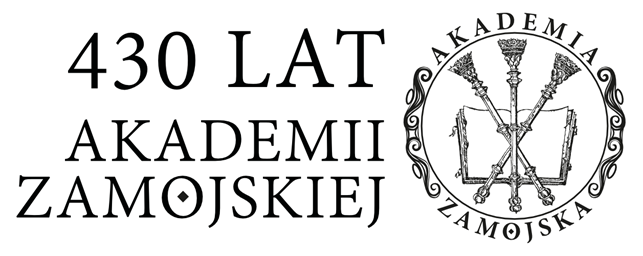Educational Achievements of Students from Poland and Israel in the light of PISA Results. A Comparative Study
Abstract
This article focuses on assessing the differences in the performance of students from Poland and Israel based on the international PISA surveys from years 2000–2022, with particular emphasis on the 2022 edition. It describes the structures of the education systems in both countries, expenditure on education, and teachers’ salaries, highlighting the differences between the two countries. The analysis revealed that Polish students generally achieve better results in mathematics and science than their Israeli peers, while in reading comprehension, Israel shows a higher percentage of students achieving best results. The paper also considers the differences in the percentage of students achieving results below level 2, indicating that this percentage is lower in Poland, which may indicate greater effectiveness of the Polish education system in reducing the number of low-achieving students. The results of the study indicate the need for further analysis of longterm educational trends as well as organisational and curricular changes in both countries, which may have an impact on the results of future PISA surveys.
Keywords:
PISA, student skills, education systems, Poland, Israel, mathematics, reading comprehension, scienceDetails
References
Statistics
Authors
Citation rules
Licence

This work is licensed under a Creative Commons Attribution-NonCommercial-ShareAlike 4.0 International License.


 Język Polski
Język Polski
 English
English




